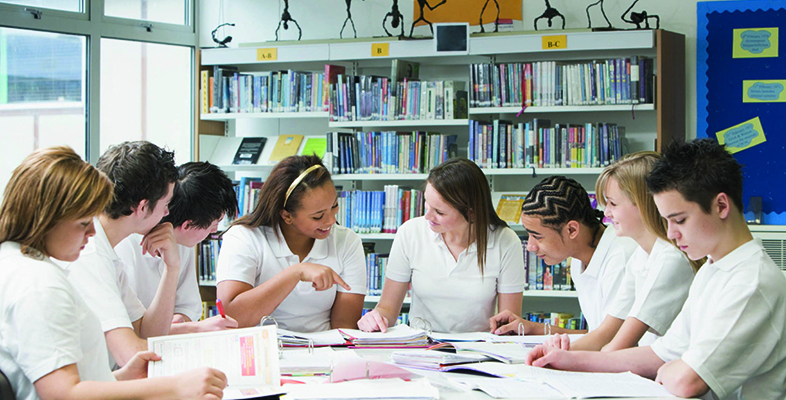2.2 Constructivism
Dissatisfaction with the limitations of behaviourism led researchers to look for ways to explain the unobservable changes that took place when learning occurred. These developments were rooted in the work of Piaget, in the 1920s, and developed by others, including Von Glaserfeld (2002).
Learning, according to constructivist theory, occurs when knowledge is constructed by the individual as a result of their experience in the world. Piaget’s (1953) view was that children’s intellectual development progresses through distinct stages, and that they make sense of the world in different ways as they grow older. Piaget proposed four stages of development, which he termed:
- sensori-motor (around 0–2 years)
- pre-operational (around 2–7 years)
- concrete operational (around 7–11 years)
- formal operational (around 11 years onwards).
Piaget believed that everyone passes through these stages in the same order but that the age at which this happens can vary from one child to the next. ‘Assimilation’ (when new knowledge is assimilated into children’s existing understandings and schema) and ‘accommodation’ (when existing schema have to be reorganised to accommodate new knowledge) are key concepts within this view of learning.
Activity 3 Piaget’s theory of development
The video clip below outlines Piaget’s theory of how children develop. As you watch, pay particular attention to the sections on concrete operational and formal operational thinking. Identify how children learning in this way might influence teaching. List what you might look for when observing teachers and students in classrooms.
Transcript
(New case study.)
(New case study.)
(New case study.)
(New case study.)
Comment
Piaget’s theory of development applies to individuals. It can be a helpful way for a teacher to think about learning when they are working with an individual, helping them to understand a new concept. If the learner is struggling to grasp an abstract idea, finding ways to make it more concrete can be helpful.
In secondary schools, constructivist learning theory relates to young people as they move from the concrete operational stage (7–11 years) to the formal operational stage (11 years onwards). Of course, not all children develop at the same rate: some will develop their thinking more quickly and some more slowly. Teachers taking a constructivist view of learning theory will:
- think about what the child already knows, so that new knowledge can be related to existing schemata (assimilated or accommodated)
- look for any misconceptions in the child’s existing knowledge and provide learning activities that enable the child to understand the limitations of their current conceptions
- prepare learning tasks and activities in which the learners can actively participate; participation might be physical, such as a science experiment, or mental, such as problem solving.
Critics of the theory argue that individually constructed knowledge may not be valid, leading to misconceptions or misunderstandings. Others suggest that teachers can underestimate children’s capability; for example, if their stage of development is not properly recognised or their ‘readiness’ to learn is not responded to. Constructivism has also been criticised for focusing on the individual learner rather than on the social context in which learning takes place, which led to development in the theory.
